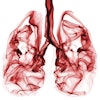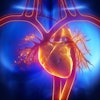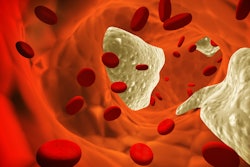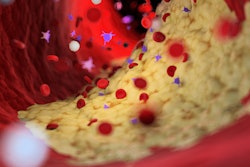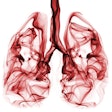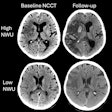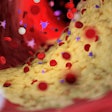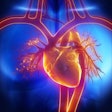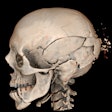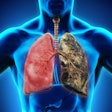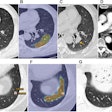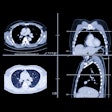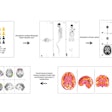A deep-learning (DL) algorithm for automatically quantifying coronary artery calcium (CAC) appears promising for opportunistic CAC evaluation on noncardiac CT exams, researchers have reported.
Their findings suggest that "implementing such a tool widely may help clinicians assess their patients' cardiovascular risk," according to a statement regarding the study issued by Mass General Brigham in Boston, with which senior author Hugo Aerts, PhD, is affiliated. The study results were published June 16 in NEJM AI.
"Millions of chest CT scans are taken each year, often in healthy people, for example to screen for lung cancer. [Our research indicates] that important information about cardiovascular risk is going unnoticed in these scans," Aerts said. "Our study shows that AI has the potential to change how clinicians practice medicine and enable physicians to engage with patients earlier, before their heart disease advances to a cardiac event."
Chest CT scans identify calcium deposits in the heart and arteries that suggest increased risk of a heart attack, noted the group, which was led by Raffi Hagopian, MD, of Veterans Affairs Long Beach Healthcare System in California. The gold standard for quantifying CAC uses "gated" CT scans that synchronize to the heartbeat to reduce motion during the scan, but most chest CT scans obtained for routine clinical purposes are "nongated."
The group hypothesized that CAC could still be detected on these nongated scans, so the team developed a deep learning algorithm called AI-CAC that used 446 segmentations to automatically quantify CAC on noncontrast, nongated CT scans -- therefore helping to predict the risk of cardiovascular events.
Data used in the study came from 98 medical centers across the Veterans Affairs national healthcare system; the group compared the algorithm's performance on nongated scans to electrocardiogram (ECG)-gated CAC scoring in 795 patients who had paired gated scans within a year of their nongated scan. The investigators also tested the model on 8,052 low-dose CTs to simulate opportunistic CAC screening.
The researchers reported the following:
- The AI-CAC model was 89.4% accurate at determining whether a scan contained CAC or not.
- For those individuals with CAC, the model was 87.3% accurate at determining whether the score was higher or lower than 100, suggesting a moderate cardiovascular risk.
- AI-CAC was also predictive of 10-year all-cause mortality: Those with a CAC score of over 400 had a 3.49 times higher risk of death over a 10-year period than patients with a score of 0.
- Of the patients the model identified as having CAC scores greater than 400, four cardiologists verified that almost all of them (99.2%) would benefit from lipid-lowering therapy.
The study results are encouraging for opportunistic CAC screening, according to the authors.
"At present, VA imaging systems contain millions of nongated chest CT scans that may have been taken for another purpose, around 50,000 gated studies [which] presents an opportunity for AI-CAC to leverage routinely collected nongated scans for purposes of cardiovascular risk evaluation and to enhance care," Hagopian said. "Using AI for tasks like CAC detection can help shift medicine from a reactive approach to the proactive prevention of disease, reducing long-term morbidity, mortality, and healthcare costs.”
The complete study can be found here.

